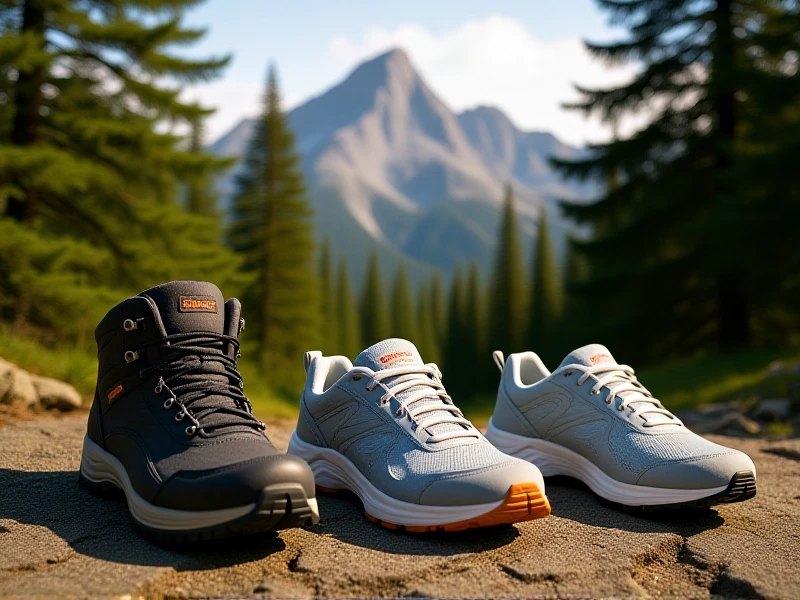
Your Guide to Choosing the Perfect Running Shoes
Finding the right pair of running shoes can transform your jogging routine from a struggle into pure joy. As an avid runner and fitness enthusiast, I've learned first-hand that investing in quality running shoes isn't just about comfort—it's essential for injury prevention and boosting performance. Whether you're a newbie tackling your first 5K or a seasoned marathoner, this post will walk you through key factors to help you pick the best running shoes for your needs. Over the years, I've seen friends ditch knee pain and achieve personal bests just by upgrading their footwear, and I'm excited to share these insights with you.
First, let's dive into why proper running shoes matter. Good pairs are designed with advanced cushioning to absorb impact, reducing stress on joints during runs. This means fewer blisters and aches, allowing you to run longer distances without discomfort. For instance, when I switched to shoes with better arch support, my shin splints vanished, making workouts feel effortless. Modern running shoes also feature lightweight materials that enhance speed and agility. Always remember: your choice influences not just your stride but overall health—ignoring it can lead to setbacks like plantar fasciitis.
Now, consider your personal needs when selecting running shoes. Start with your foot type: if you have flat feet, look for stability features to prevent overpronation, while high arches might benefit from neutral shoes for added flexibility. Pay attention to fit—your toes should have a thumbnail's space to avoid pinching, and the heel must lock securely without slipping. Also, focus on cushioning; brands like Brooks or ASICS excel in responsive midsoles that adapt to various terrains. I recommend trying on multiple pairs during a midday store run, as feet swell throughout the day. Personal story: after switching to ventilated running shoes, my summer miles became way more enjoyable!
Beyond that, think about the surface you usually run on. If streets are your go-to, opt for running shoes with durable outsoles for pavement grip. For trail enthusiasts, rugged treads provide traction on uneven paths. Don't overlook weight either—lighter options can boost speed but sacrifice some cushion, so balance is key based on your goals. Top performers often include Nike Air Zoom models or New Balance styles for versatility. Ultimately, get into a habit of replacing your running shoes every 300-500 miles; I once pushed mine too far and ended up with sore ankles, a mistake I won't repeat.
Embrace the journey of discovering your ideal running shoes. By assessing factors like fit, support, and terrain, you'll unlock smoother runs and happier feet. For personalized advice, visit our expert reviews section or try a gait analysis to refine your choice. The right pair sets you on the path to joy and success—lace up and start running!